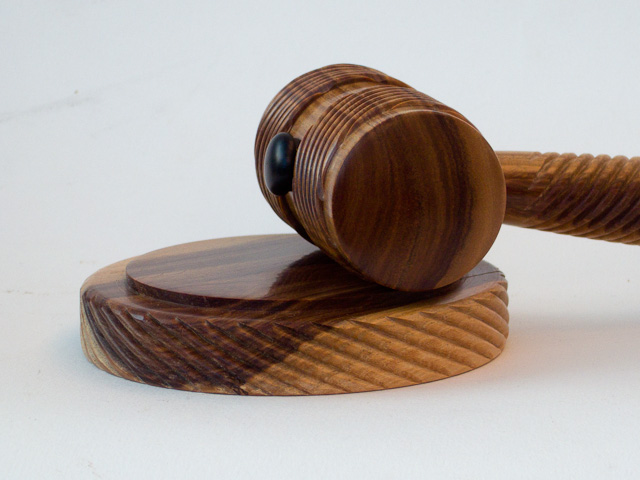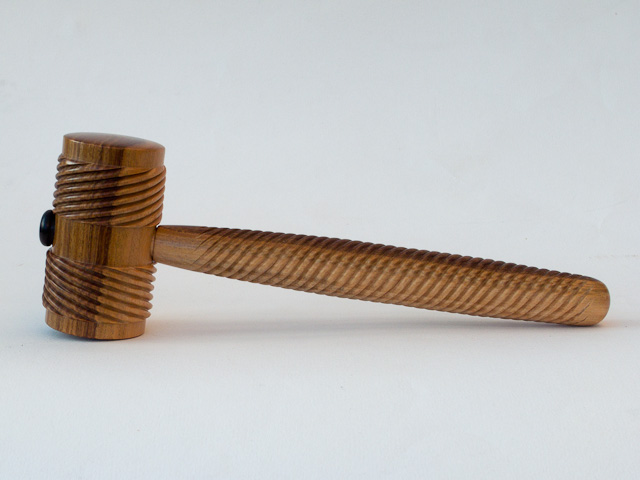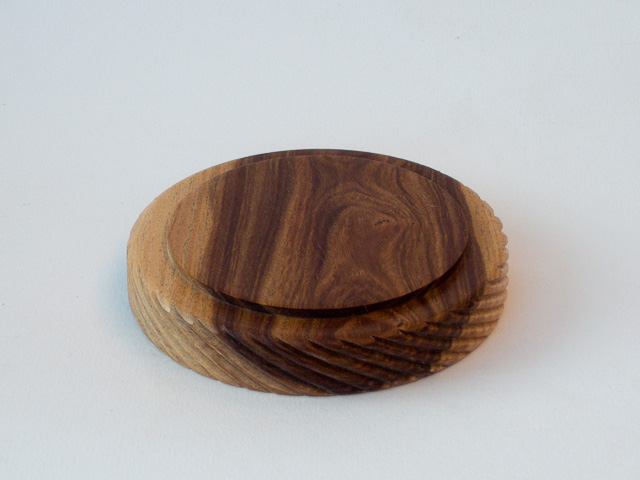nev
Established Member
The 2012 November Challenge is A Gavel and Sounding Block.
Definition of gavel
noun
a small hammer with which an auctioneer, a judge, or the chair of a meeting hits a surface to call for attention or order.
Our Judge for November will be Paul (thank you)
Must be New work for this Challenge
All components are to be lathe turned and should be made from a suitable wood and fit for purpose.
No specific minimum or maximum size but should be an appropriate usable size.
You are allowed to use glue or threads for the assembly of your entry.
Colouring / texturing / burning allowed
Any entry's that are outside the rules and requirements will not be judged
The Judges decision is final ( Any negative comments re judging must be via PM only and not on the open forum )
NO Critique or comments on any work until December Please, After the Judging and results.
Please state wood type if known, dimensions and a little about how you made it and what tools and finish you used ( this helps the judge )
Please post 3 images of your work / entry
1 showing the Gavel and block together ( close up of head on block)
1 showing the Gavel (in profile )
1 showing the Block
Image size please use image size 640 x 480 0.3 mp, same previous months
Entry’s to be uploaded from 10pm on 27th Nov up until 10pm on the 29th Nov. after this time the thread will be locked for Judging
Results will be given on or before 31 Nov
Roundup
Definition of gavel
noun
a small hammer with which an auctioneer, a judge, or the chair of a meeting hits a surface to call for attention or order.
Our Judge for November will be Paul (thank you)
Must be New work for this Challenge
All components are to be lathe turned and should be made from a suitable wood and fit for purpose.
No specific minimum or maximum size but should be an appropriate usable size.
You are allowed to use glue or threads for the assembly of your entry.
Colouring / texturing / burning allowed
Any entry's that are outside the rules and requirements will not be judged
The Judges decision is final ( Any negative comments re judging must be via PM only and not on the open forum )
NO Critique or comments on any work until December Please, After the Judging and results.
Please state wood type if known, dimensions and a little about how you made it and what tools and finish you used ( this helps the judge )
Please post 3 images of your work / entry
1 showing the Gavel and block together ( close up of head on block)
1 showing the Gavel (in profile )
1 showing the Block
Image size please use image size 640 x 480 0.3 mp, same previous months
Entry’s to be uploaded from 10pm on 27th Nov up until 10pm on the 29th Nov. after this time the thread will be locked for Judging
Results will be given on or before 31 Nov
Roundup









































































